- We didn’t develop nor challenge real media products but, use them to create our own documentaries.
- The narrative structure of our documentary was single strand and non-linear, this makes it simple and easy for the audience to understand, the narrative is informal which makes it right for the target audience of 16-25.
- Different types of shots were used in the documentary. Close ups, establishing shots, panning was used, extreme close ups, also using a shot in a mirror

Filming in a mirror in big close up.
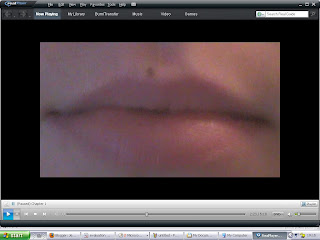
Extreme close up.
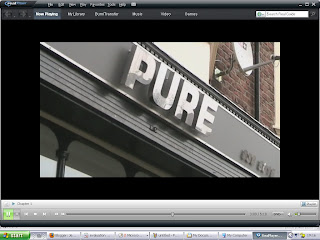
Establishing shot.
- Camera movements such as panning and zoom where used.
- The framing of the interviews was to the left or the right hand-side, making sure that the eye-line was 1/3 of the way down the screen.

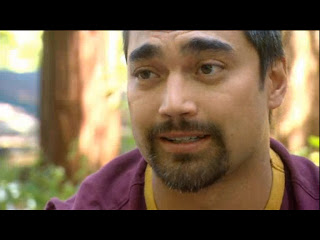
Body shock:Age 8 and Wanting a Sex Change -
channel 4 - http://www.channel4.com/programmes/bodyshock/4od#3009991
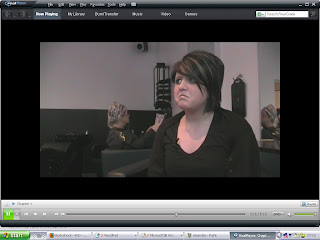
- We used cutaways during the interviews this avoids jump cuts. We also made sure that the mise-en-scene of the cutaway was relevant to the interview.

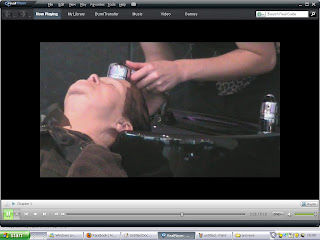

Our documentary- 7 Deadly Sins - Pride
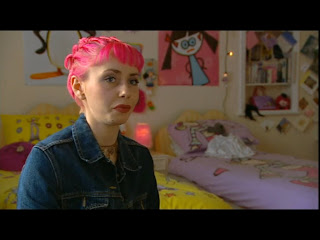
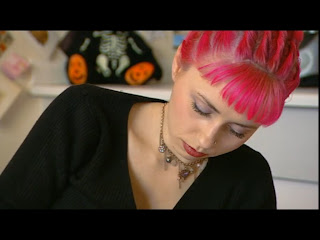

A to Z of your head: Channel 4 - http://www.channel4.com/programmes/a-z-of-your-head/4od#2917458
- The voiceover matched our target audience this will help the audience become involved, the voice over links and holds the structure of the programme together so it is important that we use standard English.
- Mise-en-scene is used during interviews making sure that it relates to the subject being discussed, this anchors the audiences attention. Mise-en-scene is used though out the documentary, the mise-en scene also related to what it voice over is saying in our cutaways.
- Graphics are used during the title sequence as well as thoughout the documentary.
- Graphics were used to understand what was being asked to the interviewee in one of our interviews because we needed to hear the question as the interviewer wasn't wearing a mic.
- Graphics are used on the opposite side of the screen to the interviewee at the beginning of an interview. They anchor who the person is and their relevance to the topic.
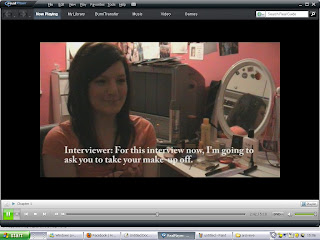

Teens and Tiaras: channel 4 -
http://www.channel4.com/programmes/teens-and-tiaras/4od#3018074

- Our title sequence was creative and unique, using the fire as a symbol of deadly things. We used cross dissolves to create an effect of going in the fire and the flashing words. We changed the colour of the fire to create a better impact.
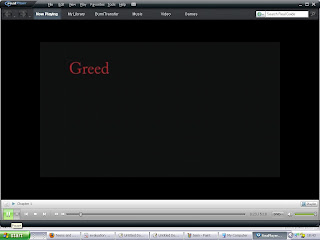

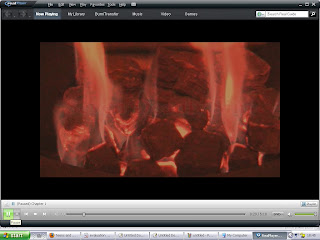
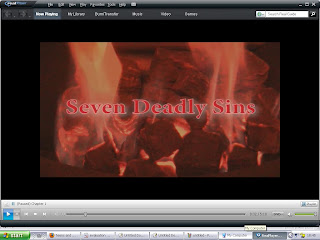
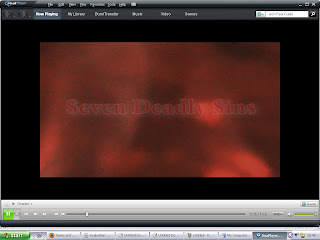
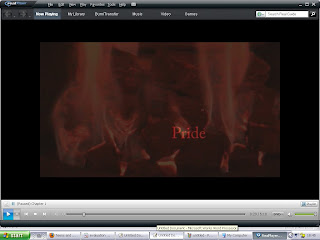
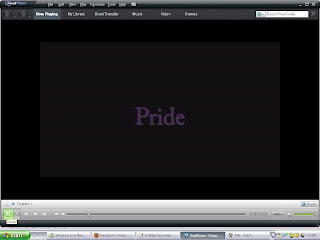
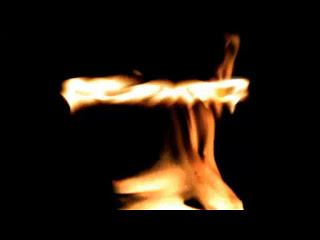

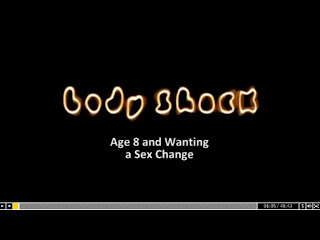
Body shock:
Age 8 and Wanting a Sex Change -
channel 4 - http://www.channel4.com/programmes/bodyshock/4od#3009991
- The music that was used in the documentary was, ‘Bodies’ by Robbie Williams, ‘Down’ Blink 182 and ‘Filthy gorgeous’ by the scissor sisters. They were relevant to the subject for each of the different interviews and they were kept as background music at a minimum level.
2) how effective is the combination of the main task and the ancillary task?
The documentary, print advert and radio trailer are all linked to each other to create the final package. The slogan ‘ what’s your poison?’ is the print advert and the radio trailer. This links them together also posing a question to the audience which will later be answered in the programme itself.
The song ‘Bodies’ by Robbie Williams is in both the documentary and the radio trailer linking them both together. We used this song as the programme is on pride which is also known as vanity and the song worked well portraying the subject of the documentary.
The same voiceover was used for the documentary and the radio trailer. It is standed English and is informal which is suitable for the target audience. The voiceover is of the same age range as the target audience.
We followed the codes and conventions of Channel 4 adverts, the print advert is landscape this is because it can be used in different sizes and also on billboards. It is of a poison bottle. We chose the bottle as poison is a sign of danger and death as are sins. The drops of poison relate to the fact that the documentary is a series and Pride being the biggest as it is the first in the series.
On each of the radio trailer and the print advert the scheduling of the programme is advertised the date, time and channel, we chose 9pm as it is more age appropriate for an audience of 16-25. The print advert was to be published in broadsheet newspapers like the telegraph and the radio trailer of local and nationalcommercial radios stations such as radio city and Heart fm.
3)What have you learned from your audience feedback?
We followed out our audience feedback by a foucus group of 15 people in our target audiance range. We showed them our products, we then asked them questions. I also conducted some one to one interviews outside of the focus group.
1) From the first 5minutes of the documentary does it make you want to watch the rest ?
- Yes it would
- Yes, because it is not everyday you see a lad talking about makeup
- Yes, because it looked really interesting
 Jordan Grisenthwaite
Jordan GrisenthwaiteOutside of the classroom I asked 11 people if they would consider watching the rest of the documentary and 100% said yes they would. I took it home and showed my family and 90% said they would and 20% said that they wouldn’t when asked why they said.
Documentaries are not my thing
- Its not really something that I would intend to watch
- I wouldn’t watch it unless there was nothing else on the TV, I’m just not a fan for documentaries
2) what are were the strengths and weaknesses of our documentary
- A strength is that it is an original idea
- There is a boy in it talking about makeup that makes it interesting
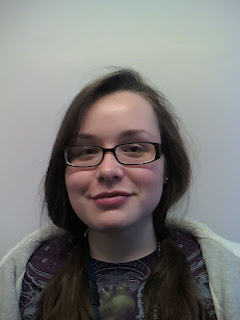 Rachel Smith
Rachel Smith"camerawork is good in interviews and cutaways
Interviewees are natural in front of a camera"
- Music is too loud in some parts bit windy in some parts
- Some of the interviews are a little short
3) Listening to the radio trailer does it make you want to watch the rest?
- Yes, but the music was too loud sometimes
- Yes because it was fast paced sometimes and it caught my attention
- Yes because it sounds interesting
- Yes I like the whispering in the trailer and the facts on pride
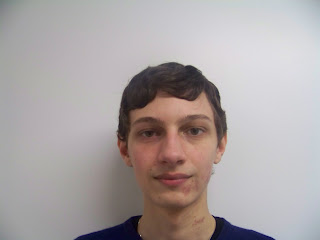
Radu Taga
Studant
"I like the snippets of the documentary and it makes me wonder what the documentary is like."
4) does the print advert interest you in the documentary ?
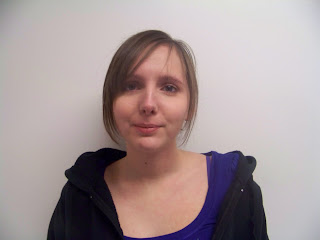 Chelsea Kenyon
Chelsea Kenyon"yes as is really like the idea of the poison bottle I think it is very creative"
- Yes I like the fact that the sins in the droplets
- Yes I like the print I like that it portrays a kind of danger as does the sins
- It compared really well to the ones on the tv, I think it is good enough to be broadcast on channel 4
- I think that if it was showed on the TV people would not be able to tell that it was created for coursework
- I was an original idea
- The interviews were very good
- The cutaways were very good
- Compared to a professional documentary it was just as good
 DV camera, Tripod and clip on microphone - Were used to film the documentary and interviews.
DV camera, Tripod and clip on microphone - Were used to film the documentary and interviews.Stills camera- was used to create the print advert and pictures for my blog
Dictorphone- was used for my audience research and feedback.
Photoshop - was used to create the print advert
Adobe premiere - was used to edit the documentary and radio trailer.
Ice radio studio - was used to record the voice over for the documentary and the radio trailer.
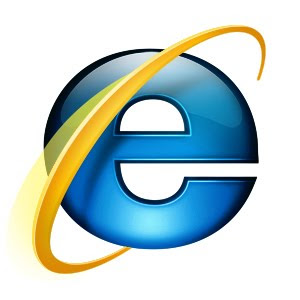 Internet- we also used the internet for research and ahcieve material
Internet- we also used the internet for research and ahcieve material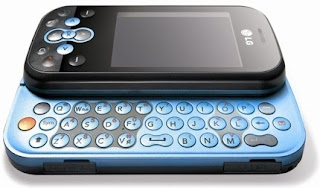 Moblie - i used my moblie for pictures
Moblie - i used my moblie for pictures
No comments:
Post a Comment